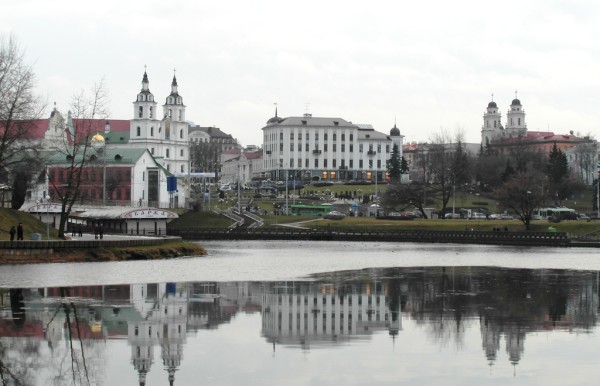
I have a confession: I was kind of dreading Belarus.
As much as I wanted to go and experience it for myself, I was afraid Belarus would be difficult. Throughout the month of December, I got used to the relative comforts and “Western-ness” of Latvia, Lithuania and Poland and I wasn’t entirely looking forward to revisiting a lot of the challenges that Russia presented me while I was there in the fall.
I also didn’t know a whole lot about Belarus; guidebook information was limited and I didn’t know anyone personally who had been there. And even though I met a woman, Yuliya, at my hostel in Vilnius who offered to meet me at the bus station and show me around, we only spoke for about five minutes so I wasn’t sure how reliable she would be.
Arriving in Minsk
To reach Minsk, I backtracked from Warsaw to Vilnius via overnight bus and then departed Vilnius at 6:40 a.m. for Minsk. The border crossing was surprisingly painless. Unlike when I entered Russia, we didn’t even have to leave the bus at the border – no questioning at an immigration window, no declaring anything at customs and no walking through metal detectors. I just handed over my passport with my Belarussian visa pasted neatly inside, showed a copy of my mandatory medical insurance and I was good to go.
As soon as I arrived in Minsk, I got a surprise: just like Russia did away with Daylight Savings Time, so did Belarus. And, just as my Blackberry will not admit that Russia is still on GMT + 3, it told me Minsk was on the same time as Vilnius. So when my bus pulled up to the central bus station at what I thought was an early 10:40 a.m. arrival, Yuliya greeted me full of worry because I was late – it was actually 11:40.
After gathering my bags, our first stop was the currency exchange inside the neighboring train station. While the exchange rate listed in my guidebook (published a few years ago) was 3045 Belarusian rubles to the dollar, today the rate is 8450 to the $1. So I changed my 20 Polish Zlotych for 48,340 Belarusian Rubles and 50 Euros for 530,000 rubles. Yes, within fifteen minutes of arriving I had bills totaling almost 600,000 in my wallet. Too bad they were worth less than $70.
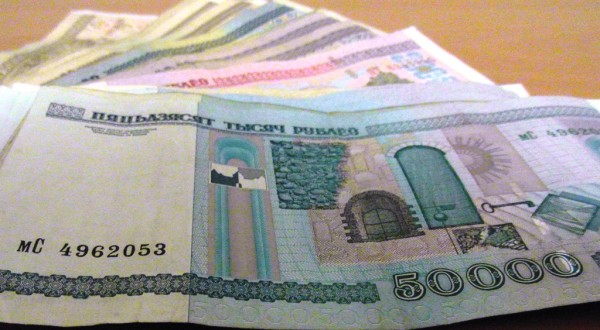
Navigating the Metro
After dropping my luggage at the hotel, Yuliya and I headed to the Metro to meet her husband Andrei, for lunch. The Metro in Minsk is incredibly simple yet slightly confusing at the same time. There are only two lines and they cross in the center – just a fraction of the size of Moscow’s system and without the 5 minute escalator rides up and down. To ride, you buy a purple plastic token (a “zheton”), which costs 1300 rubles (about 15 cents) and looks like it belongs in a children’s board game.
Most signs are in Belarusian and announcements are made primarily in Belarusian with the occasional announcement in Russian to follow. Confusion occasionally ensues because some of the stops have Russian and Belarusian names that are quite different. For example, the Metro lines cross at the Kupalovskaya and Oktyabrskaya stations, but the conductor and the map both refer to Oktyabrskaya as Kastrichnitskaya. Similarly, later in the week, Yuliya told me to meet her at the Vostok stop, which is called Ushod on the official map.
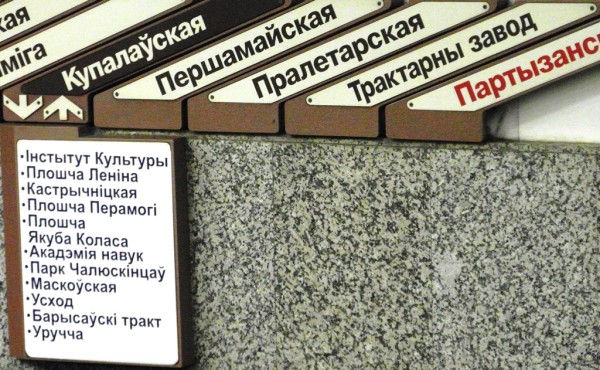
A surprise at the Opera House
That evening, I ventured out on my own to see a Russian opera, Snegurochka, at the National Opera House. My ticket cost 28,000 rubles – just over $3. Built in 1938, the opera house was recently remodeled, with marble corridors accented in gold and red velvet adorning the theater seats. A large Christmas tree provided a centerpiece for photos for nearly everyone who walked through the doors. To my surprise, the program I purchased even had an English translation explaining each act.
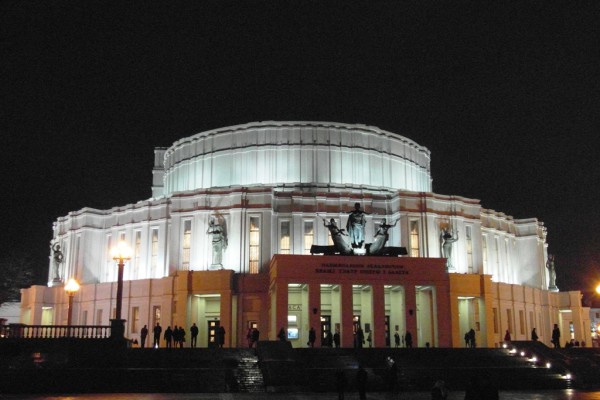
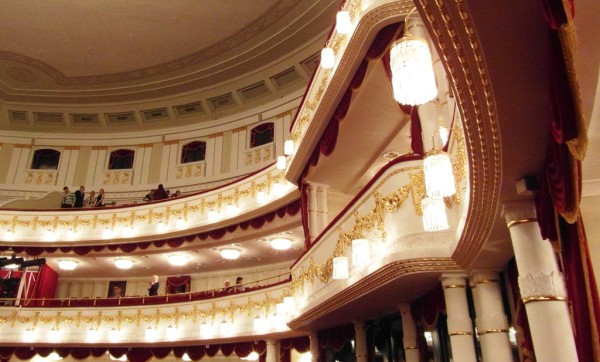
After enjoying the opening act, I left my seat at intermission to follow swarms of well-dressed women to the ladies’ room. There, I opened a stall door and came face-to-face with the nicest, cleanest squat toilet I have ever seen (sorry, there was a long line behind me so I didn’t stop to take a picture!).
I encountered plenty of these when I visited Egypt several years ago. I was mildly surprised when I found them at the train station in Veliky Novgorod, Russia, but came to expect them in Siberia. Seeing them in a beautiful, almost brand new opera house in a capital city? Yes, I was in Belarus, but I was still fairly shocked.
Luckily, that squat toilet was probably the most unpleasant thing I encountered during the five days I spent in Minsk.
Exploring the city
Like Warsaw, Minsk was destroyed in World War II, so almost every building dates from the 1940s or later. For that reason, it seemed to lack the grit of some of the cities I visited in Russia. Sidewalks were wide and clean, many lined with brick rather than cement. Street signs stood out in bright blue and bright red.
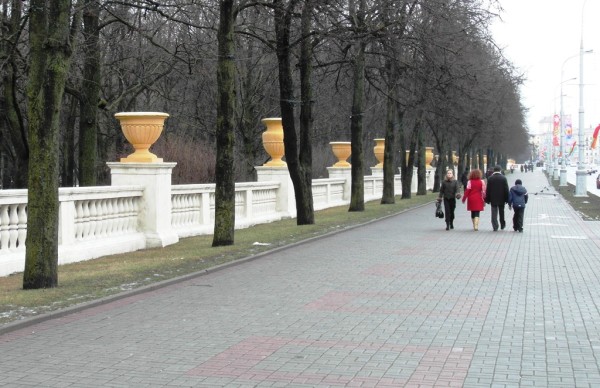
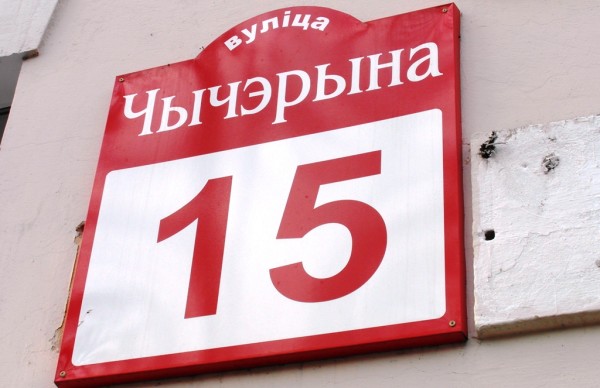
While many buildings had a distinct Soviet feel to them, the main drag of the city was anything but unattractive. Several large squares, a couple parks and a river running through it prevented Minsk from feeling industrial or boring.
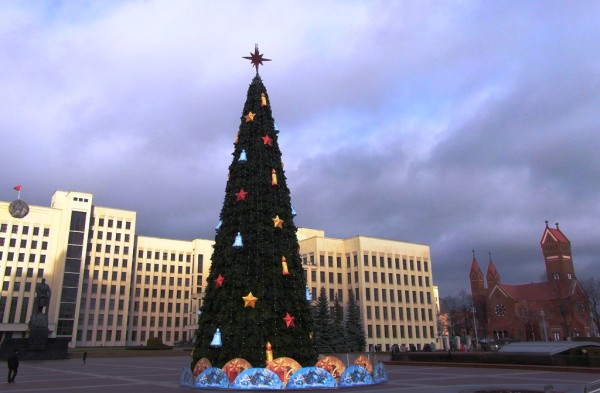

A small “old town” area featured a couple churches and a hilly park overlooking the river, all of which was nicely illuminated at night. And there was the requisite Lenin statue and a few war monuments, including a moving memorial to those who died in the Soviet War in Afghanistan.
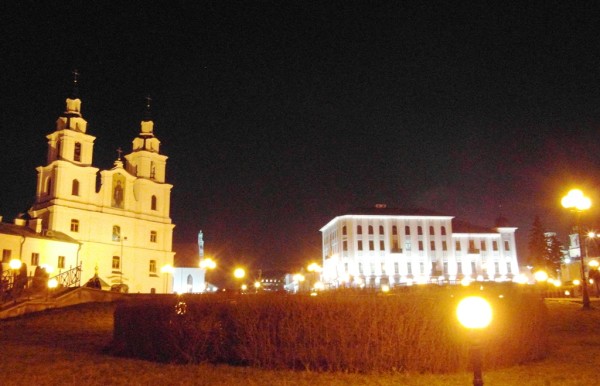
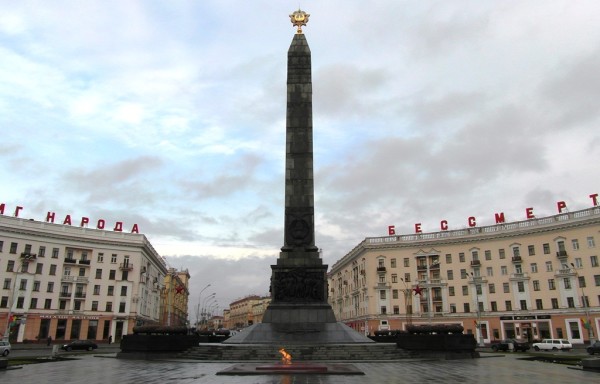

Yuliya kindly played tour guide for me throughout my visit, accompanying me to the Strotchitsy Museum of Everyday Life and Architecture (an open air museum), the Belarusian State Museum of the Great Patriotic War, the National Museum of History and Culture of Belarus and the National Library (for a nice view of the whole city).
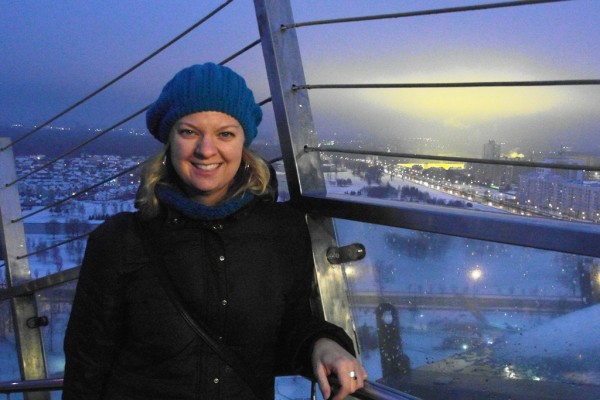
Seeing the sights outside of Minsk
On the weekend, Yuliya and Andrei took me out of town to see the most popular sights outside of the city: castles in the towns of Mir and Nyasvizh and the memorial site at Khatyn.
While Mir and Nyasvizh are accessible by public transportation, it is more common for people to visit as part of an organized excursion. Likewise, the only way to reach Khatyn is by driving or joining an excursion (or possibly hiring a taxi). Almost everything in Belarus is extremely inexpensive by European standards, but guided tours are not, so I was extremely lucky that Yuliya and Andrei were happy to take me. We squeezed in all three in one day, but if I had gone on my own, I would have allotted one day for Mir, another day for Nyasvizh and a morning for Khatyn.

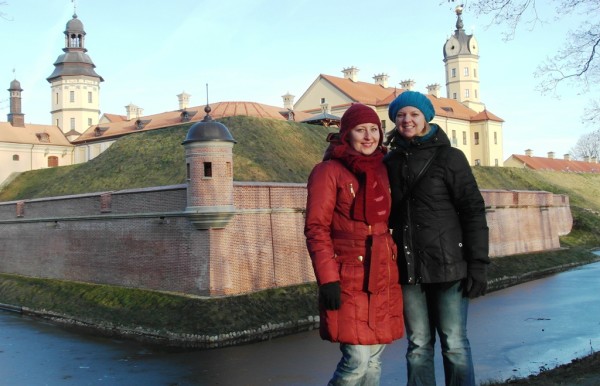
Overall, Minsk was far better than I expected.
Minsk was my first of three stops in Belarus and definitely provided a great introduction. Even without Yuliya showing me around, the city had an easy, comfortable feel to it – much more so than I expected. Five days proved to be the perfect amount of time to get a handle on the city, see the sites and do a long day trip.
And while I arrived in Minsk with a slight sense of dread, I left with a sense of excitement, eager to see what else Belarus had in store for me.
